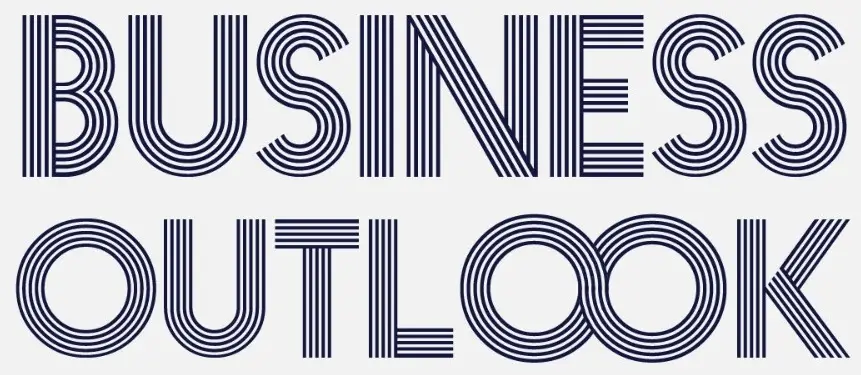In a world where hustle culture reigns supreme, slowing down seems counterintuitive. But some of the most successful leaders and companies are using strategic pauses to drive growth, innovation and long term success. As the philosopher Lao Tzu said “Nature does not hurry, yet everything is accomplished.”
This article will show you why slowing down isn’t a luxury – it’s a necessity. From boosting creativity to better decision making, we’ll explore how intentional pauses can transform your business.
1. The Science of Slowing Down: Why Your Brain Needs a Break
Our brains aren’t designed for constant activity. Research shows taking breaks improves focus, creativity and problem solving. A study from the University of Illinois found that short breaks during tasks significantly improve performance.
Why It Matters:
- Continuous work leads to decision fatigue, reducing the quality of your choices.
- Pauses allow your brain to process information and make connections unconsciously.
Actionable Tip: Schedule “brain breaks” throughout your day. Even a 5-minute pause can reset your focus and boost productivity.
2. The Power of Reflection: Learning from the Pause
Reflection is where growth happens. As Bill Gates famously said “It’s fine to celebrate success, but it is more important to heed the lessons of failure.” Taking time to reflect allows you to analyze what’s working, what’s not, and how to improve.
Why It Matters:
Reflection helps you identify patterns and avoid repeating mistakes.
It fosters a culture of continuous improvement and learning.
Actionable Tip: Dedicate 15 minutes at the end of each week to reflect on your achievements, challenges, and lessons learned.
3. Strategic Pauses in Leadership: The Art of Doing Less to Achieve More
Great leaders know that slowing down isn’t about laziness—it’s about intentionality. By pausing to listen, observe, and think, leaders can make better decisions and inspire their teams.
Why It Matters:
Slowing down allows leaders to see the bigger picture and avoid reactive decisions
It creates space for empathy and connection, which are critical for team morale.
Actionable Tip: Before making a major decision, take a 24-hour pause to gather input, reflect, and consider alternatives.
4. The Role of Pauses in Innovation: Why Creativity Needs Space
Innovation thrives in moments of stillness. As Albert Einstein once said, “Creativity is the residue of time wasted.” When you slow down, you give your mind the space to wander, explore, and connect ideas.
Why It Matters:
Rushing stifles creativity, while pauses allow for divergent thinking.
Many breakthrough ideas come during moments of rest or relaxation.
Actionable Tip: Encourage your team to take “creative pauses” during projects. A walk, a nap, or even a coffee break can spark new ideas.
5. The Business Case for Slowing Down: Data-Driven Insights
Here’s a quick look at how strategic pauses impact business outcomes:
| Metric | Without Pauses | With Strategic Pauses |
|---|
| Productivity | Declines over time | Sustained and improved |
| Decision Quality | Prone to errors | More thoughtful and accurate |
| Employee Burnout | High risk | Reduced significantly |
| Innovation Output | Limited and repetitive | Increased and diverse |
Why It Matters: The data shows that slowing down isn’t just good for individuals—it’s good for business.
6. How to Build a Culture of Strategic Pauses
Creating a culture that values slowing down starts at the top. Leaders must model the behavior and create systems that encourage pauses.
Why It Matters:
A pause-friendly culture reduces burnout and improves retention.
It fosters a more thoughtful, innovative, and resilient workforce.
Actionable Tips:
Implement “no-meeting Wednesdays” to give employees time for deep work.
Encourage regular breaks and provide spaces for relaxation, like quiet rooms or outdoor areas.
7. Real-World Examples: Companies That Thrive by Slowing Down
Basecamp: The software company famously works 4-day weeks during summer, proving that less can be more.
Patagonia: The outdoor brand encourages employees to take time off to recharge, resulting in high employee satisfaction and loyalty.
Google: Known for its “20% time” policy, Google allows employees to spend a fifth of their time on passion projects, leading to innovations like Gmail.
Why It Matters
These companies show that slowing down doesn’t mean sacrificing success—it enhances it.
8. The Long-Term Benefits of Slowing Down
Slowing down isn’t just a short-term fix—it’s a long-term strategy for sustainable growth.
Why It Matters:
- It builds resilience, helping businesses navigate challenges with clarity and calm.
- It fosters a culture of mindfulness and well-being, which attracts top talent.
Actionable Tip: Commit to one small change that encourages slowing down—whether it’s a daily meditation practice or a quarterly retreat for your team.
Final Thoughts
In a world that never stops, the art of slowing down is a radical act of leadership. As Maya Angelou wisely said:
“Every person needs to take one day away. A day in which one consciously separates the past from the future.”
By embracing strategic pauses, you can unlock new levels of creativity, clarity, and growth for your business. The next time you feel the pressure to rush, remember: sometimes, the best way to move forward is to slow down.





